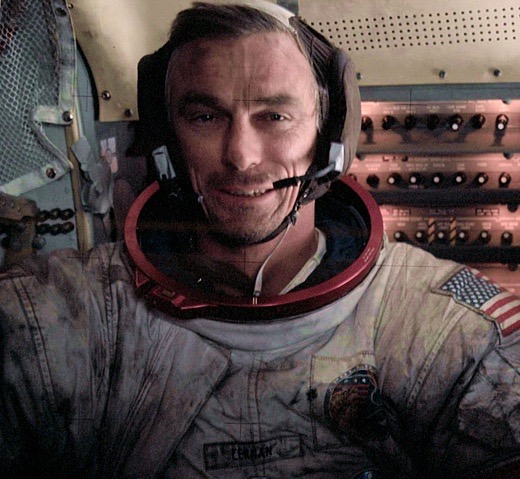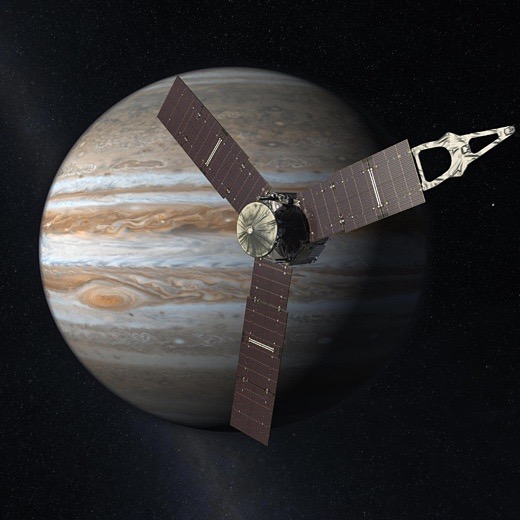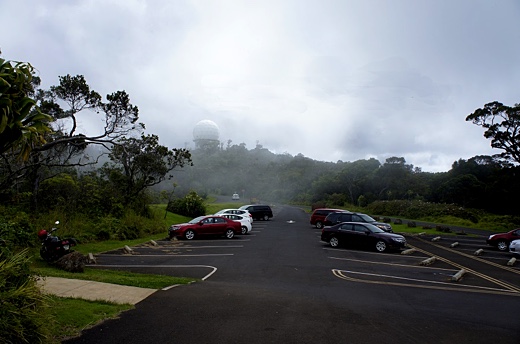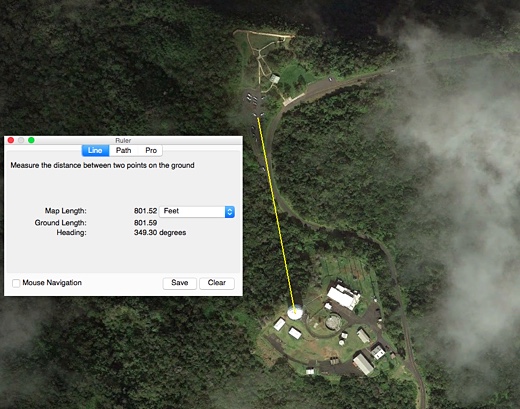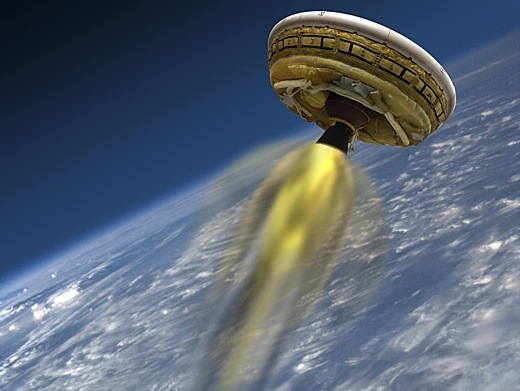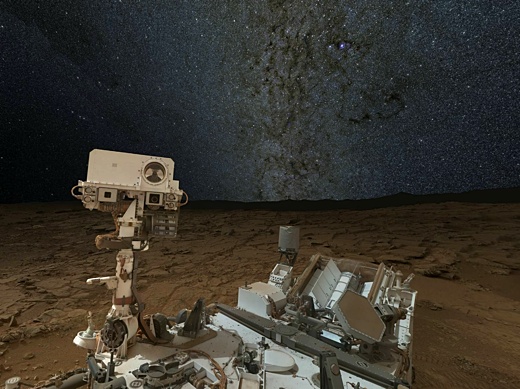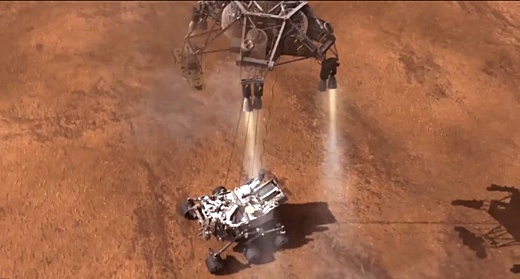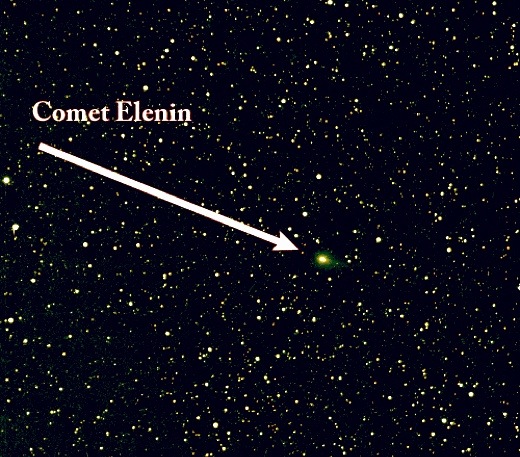By Kurt Cobb on 11 June 2017 for Resoruce Insights -
(http://resourceinsights.blogspot.com/2017/06/can-we-create-durable-future.html)

Image above: The Roman Colosseum today, almost two millennia after it was built. From (http://www.abc.net.au/news/2015-03-10/the-colosseum/6292532).
It is hard to imagine anyone today building something as durable as the Roman Colosseum. Most of the damage we see to the 2,000 year-old stadium comes from two earthquakes and the persistent looting of its marble, stone and brass infrastructure by humans using them for other building projects.
Were it not for these unfortunate depredations, the Colosseum might be largely intact today.
We pen fantasies about the durability of our culture in science fiction novels, television programs and movies set hundreds and even thousands of years from now. By then we humans will supposedly be moving with magical ease at speeds greater than light, zipping through the known universe aided by voice-command convenience (or maybe even thought-comand convenience).
But our age seems to be populated by buildings and cultural artifacts that are designed for impermanence. It's not that we are technically incapable of making things that are durable when we want to, especially when it feeds our desire to turn science fiction into fact.
NASA's Mars Rovers launched in 2003 were designed for a mission of 90 Martian solar days. The Spirit rover operated until 2010. The Opportunity rover is still operating.
We have even more impressive longevity from the Voyager 1 and Voyager 2 space probes sent in 1977 to study the outer planets, that is, Jupiter, Saturn, Uranus and Neptune. Both spacecraft were designed for 5-year lifetimes and both are still working after almost 40 years.
Voyager 1 has reached interstellar space where it continues to send back data. Voyager 2 will join it in two or three years. NASA expects to continue to receive data for another decade or so from both.
On Earth we would consider such durability to be over-engineering, too costly for our purposes. We build computers to be obsolete in less than 2 years.
We build shopping malls, office parks and other commercial and industrial buildings with the idea that they will be abandoned or torn down in perhaps two or three decades.
I am reminded of a New Yorker cartoon in which a developer looking at a model of his newly commissioned building remarks:
"Great design, but when it comes time, a bitch to implode."Nothing lasts forever. And, a society that has no dynamism, that does not change with changing circumstances, cannot survive.
But it is we who are creating the change that we have to adapt to. It is we humans who are causing climate change. It is we humans who are causing rapid depletion of soil, water and energy resources. It is we humans who are increasing our environmental footprint in sheer numbers and in consumption per person.
We've initiated a feedback loop that has no end--except catastrophe. What would more durable arrangements look like? If we turn to those arrangements that have withstood the test of time, we have a starting point:
- Small units of governance. The city of Rome has been continuously inhabited for more than 2,500 years. The Roman Empire, for all its durability, came and went even as the city lived on.
- Small-scale agriculture and craft. Agriculturally based villages with craft industry have thousands of years behind them. This way of living is being crushed by modern industrial farming and its need for ever increasing scale. But the local food movement and the desire of many to know where their food comes from have breathed new life into small-scale farming.
- Trade in luxury goods. Some exotic and valuable items have long been traded across large distances because a particular climate is suitable for certain produce, for example, tea or coffee--or the know-how and infrastructure is well-developed, silk from China, for example. What this point implies is that necessities are better produced closer to home to ensure a continuous and adequate supply.
- Locations favorable to agriculture and navigation. It should be no surprise that many of the world's most important and long-lived cities are ports. Water has been historically a primary mode of transport. It is also, of course, essential to prosperous agriculture, either from adequate rains or from flowing rivers that can be diverted for irrigation.
That seems straightforward enough; but the complex webs of trade and logistics we now have that bring us those necessities will be difficult to abandon.
For those wanting to build more durable arrangements, this implies building them alongside the global system we have now. (It does NOT, however, mean abandoning the knowledge we have gained in the industrial age, but rather using it more wisely to attain our goals.)
Building a relocalized system may seem unduly duplicative and wasteful.
And, it will be until it isn't, that is, until the global system stops serving our needs. In many ways that system already has stopped serving us if you count as one of our needs the desire to build a durable human culture that can thrive far into the future.
The fantasy of a space-faring society has us fixated on an ever evolving technological future that asks us to abandon one set of gadgets for another almost continuously--all premised on the availability of unlimited resources and a climate crisis that somehow won't turn out to be a crisis.
Few people are even contemplating the need to build a durable society because few imagine ever needing one.
We humans like the novelty afforded to us by our rapidly changing society. The world of information and communications technology has brought that novelty to us in addictive oversupply through ever more powerful cellphones and other electronic devices.
What strikes me about this supposed novelty is its overwhelming sameness. It seems like novelty largely because new participants appear. But it is actually monotony itself because the stories we are told are as relentlessly interchangeable as they are shallow.
The durable society is not a dull society. It is rather a deeper society.
We get to spend more time with the very landscape of our lives--the people, the buildings, the everyday objects, and the activities--than the frantic pace of the electronic message now allows us.
The slow food movement is one expression of this desire for deeper engagement.
That deeper engagement is really the foundation of a durable future. It should come as no surprise then that it is difficult to build a durable future in a world that people don't have time to understand...with others they don't really know.
Kurt Cobb is an author, speaker, and columnist focusing on energy and the environment. He has been a regular contributor to the Energy Voices section of The Christian Science Monitor and is author of the peak-oil-themed novel Prelude. He maintains a blog called Resource Insights and can be contacted at kurtcobb2001@yahoo.com.
.
